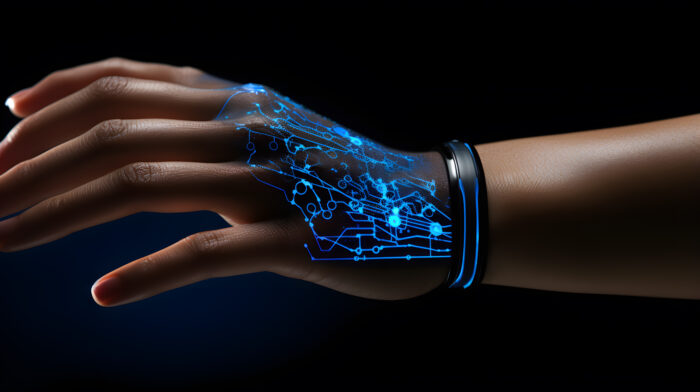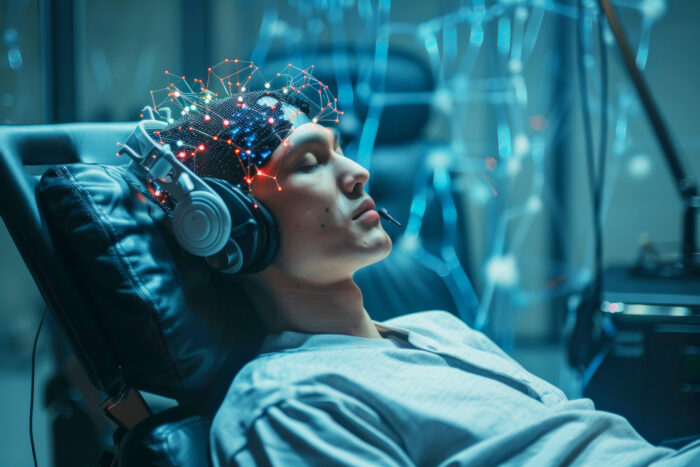Research Thrusts
Our research pursues three main thrusts. It involves the design of novel nano electronic devices and materials for:
- Bio-inspired Sensing and Edge AI (Artificial Intelligence).
- Bio-inspired, Neuromorphic Computing.
- Quantum Sensing for Non-invasive Brain Scanning.
1. Bio-inspired Sensing and Edge AI

The overall goal for this theme is to design artificial sensory and perception systems that mimic biological systems. Sensory and perceptual systems detect environmental stimuli and process that information to make sense of their external environment. In biology, these systems include vision, hearing, touch, smell etc. These systems help the organism to interpret external stimuli and respond to it in an optimal way that ensures the organism’s survival and well-being.
Conventional artificial sensors typically utilize a frame-based sensing paradigm, where they continuously sense and process external stimuli. Therefore, they generate large volumes of redundant data, utilize large amounts of energy and require significant response time. In contrast, biological sensory systems detect changes in external stimuli, which significantly reduces their data processing and energy needs. Moreover, biological perception systems are intelligent and help the organism understand the external environment and autonomously make decisions.
Here, we design artificial sensory and perception systems that are inspired by biological systems. These systems utilize bio-plausible learning and AI on the Edge which enables them to be intelligent and autonomous while also preserving energy-efficiency.
The main applications of interest are:
- Intelligent Biomedical Sensing
- Intelligent Environmental Sensing
2. Bio-inspired, Neuromorphic Computing

Recent years have seen an explosive interest in generative AI models (such as GPT, Gemini, Llama). These models take inspiration from the brain and mimic its internal networks (called neural networks) using software. Trained on immense quantities of data, these powerful AI models show impressive intelligence abilities and promise to transform the economy. However, that goal faces significant roadblocks as these software models utilize vast amounts of energy and data. Moreover, as compared to the brain these models show a ‘narrow’ form of intelligence that is non-adaptive.
Bio-inspired computing (also called neuromorphic computing) aims to address these challenges by mimicking the brain in hardware itself. In other words, this field aims to develop an artificial brain in the lab using cutting-edge materials and devices. The SAM group is working towards helping make neuromorphic computing a reality.
3. Quantum Sensing for Non-invasive Brain Scanning

In a parallel effort, our group is working on the development of quantum sensors for applications in biotechnology, especially brain scanning. Quantum sensing is a highly promising technology that leverages quantum materials for the purpose of sensing the environment. Due to its high sensing precision, fidelity, speed, and miniaturization, quantum sensing shows significant promise towards applications in biotechnology and neuroscience.
Our group aims to develop next-generation quantum sensors with enhanced sensitivity, readout fidelity, miniaturization, and wide-field sensing capabilities. These sensors will be designed for non-invasive brain scanning with unprecedented resolution, speed and portability. Our ultimate goal is to help unravel the mysteries of brain function with the hope of enabling new therapies.